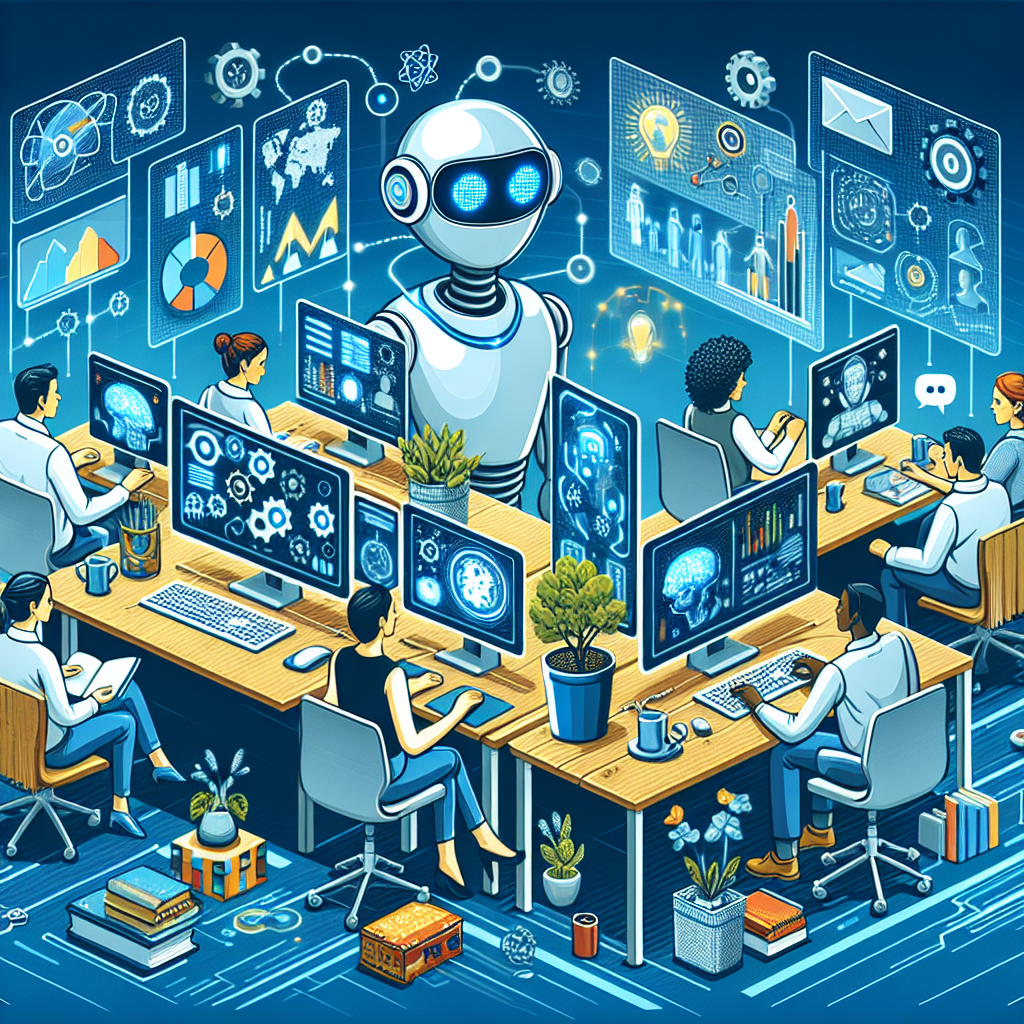In recent years, the rise of artificial intelligence (AI) software has revolutionized the way we work, particularly in remote work environments. AI software has become an essential tool for improving productivity, communication, and collaboration among remote teams. From virtual assistants to automated workflows, AI software is transforming the way we work and helping to bridge the gap between physical and virtual workspaces.
One of the key advantages of AI software in remote work practices is its ability to automate routine tasks, freeing up time for employees to focus on more strategic and creative work. For example, AI-powered virtual assistants can schedule meetings, set reminders, and answer common questions, reducing the administrative burden on employees and enabling them to be more productive. This automation not only saves time but also helps to streamline workflows and improve overall efficiency within remote teams.
AI software is also helping to improve communication and collaboration among remote teams. With the rise of remote work, many organizations have struggled to maintain effective communication channels and keep remote employees engaged and connected. AI-powered communication tools, such as chatbots and virtual meeting assistants, are helping to bridge this gap by providing real-time communication and collaboration capabilities. These tools can facilitate virtual meetings, provide instant messaging and video conferencing capabilities, and even offer translation services to overcome language barriers among remote teams.
Furthermore, AI software is enabling remote teams to access valuable insights and data analytics that can help them make more informed decisions and drive better business outcomes. AI-powered analytics tools can analyze large volumes of data, identify trends and patterns, and provide actionable insights that can inform strategic decision-making within remote teams. This data-driven approach can help remote teams to identify opportunities for improvement, optimize workflows, and drive innovation within their organizations.
Another key advantage of AI software in remote work practices is its ability to enhance cybersecurity and data privacy measures. With the increase in remote work, organizations are facing new challenges in securing sensitive data and protecting their networks from cyber threats. AI-powered security tools can help to detect and prevent cyber attacks, identify vulnerabilities in network systems, and provide real-time threat intelligence to protect remote teams from potential security breaches. By leveraging AI software, remote teams can enhance their cybersecurity measures and ensure the safety of their data and networks.
In addition to these benefits, AI software is also helping to improve employee well-being and mental health in remote work environments. With the rise of remote work, many employees have reported feelings of isolation, burnout, and disconnection from their colleagues. AI-powered wellness tools, such as mental health chatbots and virtual wellness programs, are helping to support remote employees in managing their stress, maintaining work-life balance, and improving their overall well-being. These tools can provide personalized support, resources, and guidance to remote employees, helping them to stay healthy, motivated, and engaged in their work.
Overall, AI software is playing a crucial role in improving remote work practices and enabling organizations to adapt to the changing landscape of work. By automating routine tasks, enhancing communication and collaboration, providing data-driven insights, enhancing cybersecurity measures, and supporting employee well-being, AI software is helping remote teams to thrive in today’s digital work environment.
FAQs:
Q: What are some examples of AI software that can improve remote work practices?
A: Some examples of AI software that can improve remote work practices include virtual assistants, chatbots, automated workflows, data analytics tools, cybersecurity solutions, and wellness programs.
Q: How can AI software enhance communication and collaboration among remote teams?
A: AI software can enhance communication and collaboration among remote teams by providing real-time communication tools, virtual meeting assistants, instant messaging capabilities, and translation services to facilitate effective communication and collaboration.
Q: How can AI software help to improve employee well-being in remote work environments?
A: AI software can help to improve employee well-being in remote work environments by providing mental health chatbots, virtual wellness programs, and personalized support to help remote employees manage their stress, maintain work-life balance, and improve their overall well-being.
Q: What are some best practices for implementing AI software in remote work environments?
A: Some best practices for implementing AI software in remote work environments include conducting a needs assessment, training employees on how to use AI tools, ensuring data privacy and security measures are in place, and regularly evaluating the impact of AI software on remote work practices.

